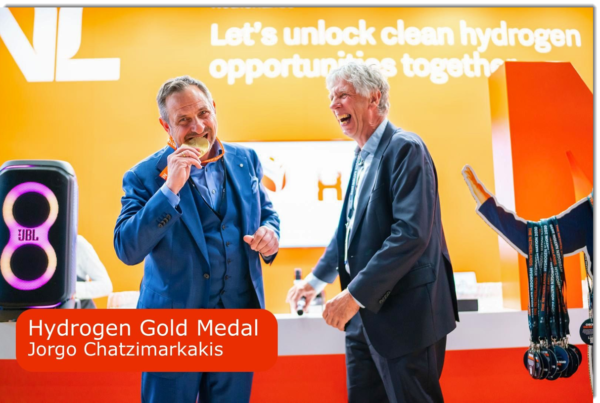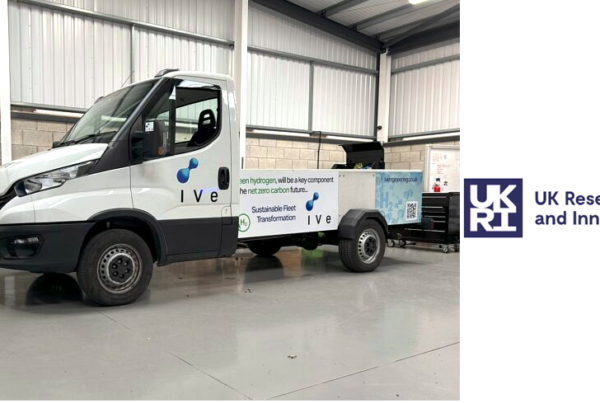
The hydrogen fuel cell, which is attracting attention as a future energy source , has been developed as a material that is 1,000 times cheaper than the existing precious metal platinum material .

Our university’s Department of Materials Science and Engineering Professor Eunae Cho’s research team announced on the 22nd that they have succeeded in developing a non-precious metal catalyst that can replace platinum through a joint research with Professor Han Jeong-woo’s research team of POSTECH Department of Chemical Engineering and identifying the highly active mechanism of the material .
The cation exchange membrane fuel cell (PEMFC) used in hydrogen vehicles uses a large amount of platinum catalyst as an electrode catalyst . In particular , the electrochemical reaction at the cathode of a fuel cell is very slow , so a large amount of platinum catalyst is required at the electrode to increase it .

The joint research team announced that they had developed a ‘ single atom iron – nitrogen – carbon – phosphorus material ‘ for cathodes that could replace platinum and identified the activation mechanism . This catalyst is more meaningful in that it can be applied not only to cation exchange membrane fuel cells (PEMFC) , which are applied to commercial products, but also to anion exchange membrane fuel cells (AEMFC), which are next-generation fuel cells. . The newly developed material has a structure in which trace amounts of iron elements are dispersed atomically in carbon , and nitrogen and phosphorus are bonded around it .
Professor Cho Eun- ae explained , “ By adding phosphorus to the active part of the existing single-atom iron – nitrogen – carbon catalyst, we succeeded in overcoming the limitations and improving performance. ” “ Fuel cells are complex reaction devices, so even if new catalysts are developed, It is often difficult to apply to fuel cells , but the catalyst developed this time was applied to both cation exchange membrane fuel cells and anion exchange membrane fuel cells and succeeded in improving performance . ”

Transmission microscope image (top) and highly active mechanism (bottom) of iron-nitrogen-carbon-phosphorus atomic dispersion catalyst
The results of this study, in which Ph.D. candidate Noh Jeong-han of the Department of Materials Science and Engineering participated as the first author and Dr. Cho A – ra of POSTECH as the co-first author , were published online on July 3 , 2023 in ACS Catalysis, a renowned international journal in the field of catalysts of the American Chemical Society. published in the edition In addition , in recognition of its excellence , it was published as a supplementary front cover of the journal . ( Paper title : Transformation of the Active Moiety in Phosphorus-Doped Fe-NC for Highly Efficient Oxygen Reduction Reaction)
Meanwhile , this research was conducted with the support of the energy manpower training project promoted by the Korea Institute of Energy Technology Evaluation and Planning and the Future Materials Discovery Project promoted by the National Research Foundation of Korea .
Read the most up to date Fuel Cell and Hydrogen Industry news at FuelCellsWorks




